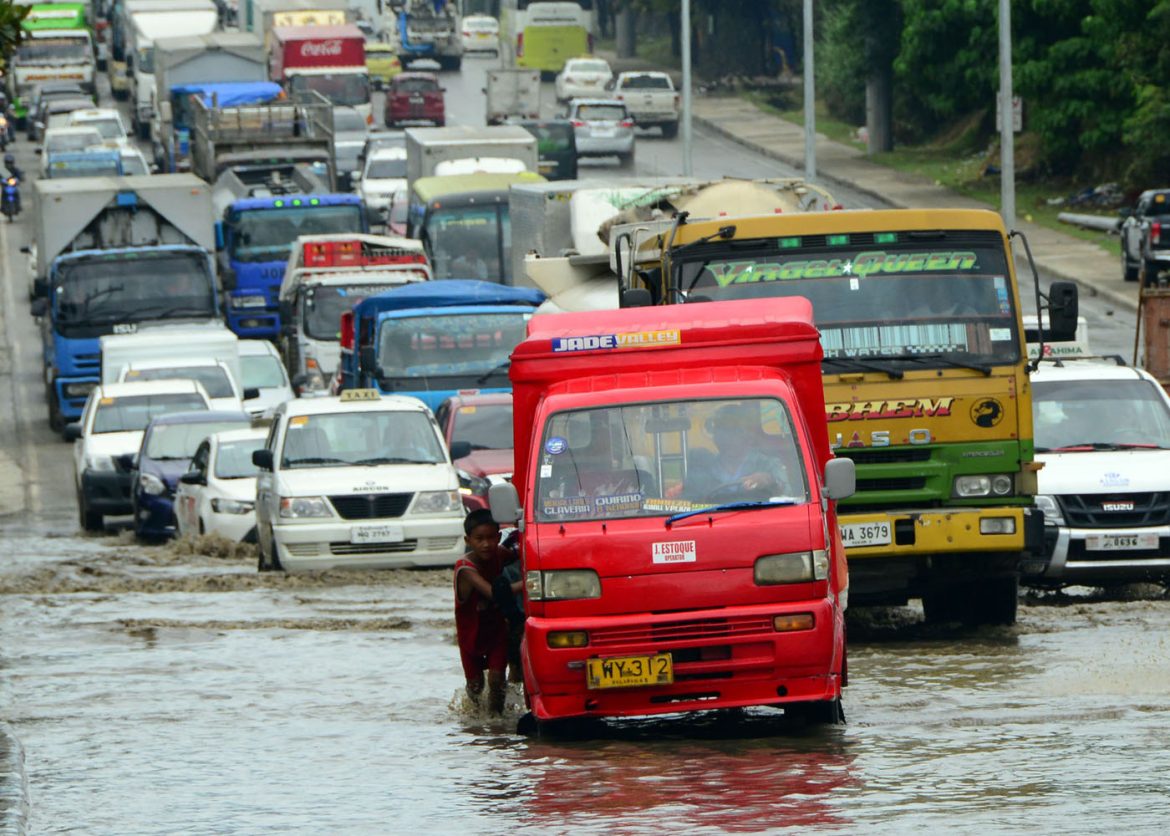THE MINDANAO Alliance for Progress (MAP) has called on the Davao City Water District (DCWD) and Davao Light and Power Company (DLPC) to strengthen their disaster-preparedness systems and climate-proof their operations in the wake of the widespread service disruptions caused by Typhoon Tino in Cebu.
“Cebu’s experience is a stark warning to all urban centers, including Davao City,” MAP coordinator Mayet Valdez said in a statement. “While we are fortunate that Davao lies outside the usual typhoon path, our city has not been spared from the growing impact of climate change — from intense rainfall and flash floods to destructive windstorms. We need to act now to protect our vital services before the next disaster strikes.”
Media reports have shown that Typhoon Tino left large parts of Cebu without water and electricity for several days. The Metropolitan Cebu Water District managed to restore only around 64 percent of its water production as of November 7, while the Visayan Electric Company was still working to reconnect many of its customers. Landslides and blocked roads in mountain barangays also slowed down relief and restoration efforts.
Valdez said such scenes could easily happen in Davao if the city’s lifeline systems remain vulnerable. “Our water and power infrastructures are as exposed as anywhere else,” she said. “If heavy rains or landslides damage critical lines or pumping stations, large portions of Davao could be cut off for days. That’s not acceptable for a major city.”
MAP urged DCWD and DLPC to conduct comprehensive climate-risk audits of their facilities — including power lines, substations, treatment plants, and pumping stations — and to develop a ‘Climate-Proof Davao City’ plan. This plan, Valdez said, should outline infrastructure upgrades, redundancy systems, and pre-positioned response teams capable of restoring essential services quickly after extreme weather events.
“Preparedness is more than just emergency response,” she said. “It’s about building systems that can withstand stronger storms and heavier rains, which are becoming more frequent even here in Mindanao.”
The group also called for closer coordination among utilities, the city government, and barangay disaster offices to ensure that service restoration routes remain open during calamities. “Climate-proofing is everyone’s responsibility,” Valdez said. “But it starts with those who manage the lifelines — water and electricity — that sustain our homes, hospitals, and communities.”
Valdez added that Davao City’s relative safety from typhoons should not lead to complacency. “Being near the equator doesn’t shield us from climate change,” she said. “We may not face direct typhoon hits, but we are already feeling the effects — stronger rains, more frequent flooding, and unpredictable storms. Now is the time to prepare.”



